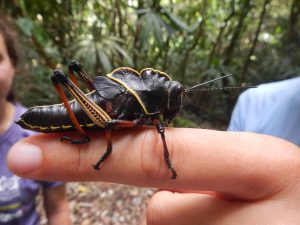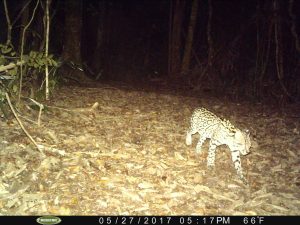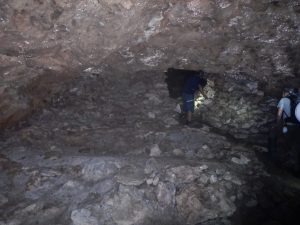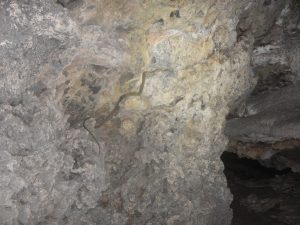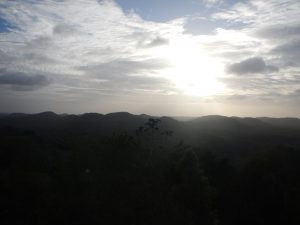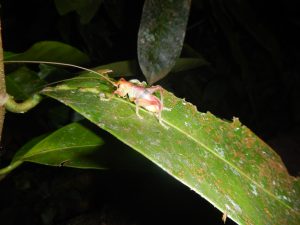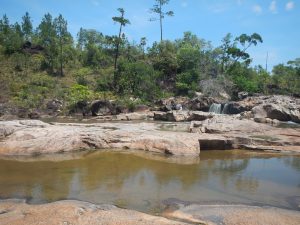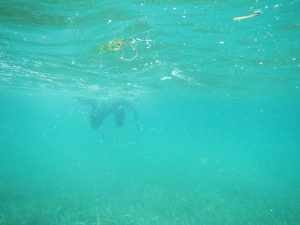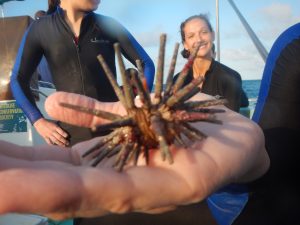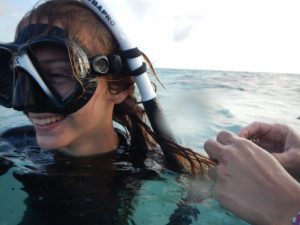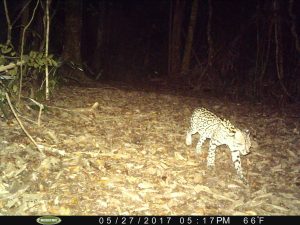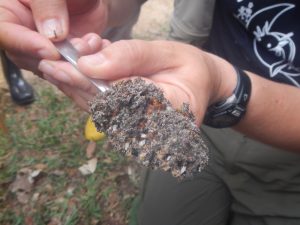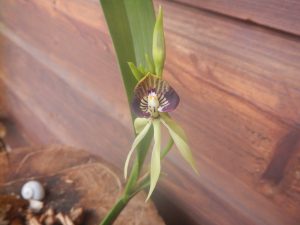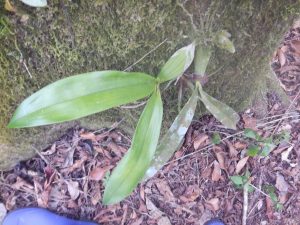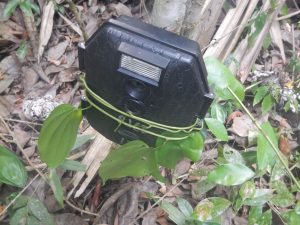I woke up at 5am today. The last time I did that was [INSERT DATE HERE]. It wasn’t too bad though because I crashed at 10pm in a really comfy bed. After our PB&J sandwich breakfast, we loaded our luggage and ourselves into the van and headed for the port. By 7:55AM, we reached port and were speeding away from mainland Belize in a small boat to Middle Caye (Glover’s Reef). We saw some flying fish and a giant sea turtle on the way, but the real sight was the view of Glover’s Reef as we floated into port- turquoise and yellow painted buildings sprawled on white sand surrounded by turquoise blue water greeted us warmly.
After sorting luggage into our rooms, the island manager Kenneth gave us a tour of the place, telling us we will be “working in paradise”. Shortly after a lunch of potatoes, chicken, and a vegetable medley, we put on our snorkeling gear and swam out to a patch reef to identify reef organisms.
Taxon wise, I had some luck seeing piscivorous fish. I was able to spot a group of yellowtail snappers (Ocyurus chrysurus) cruising around some corals on the patch reef. I had a glimpse of the tail of a flat needlefish (Ablennes hians), but it swam away before I could take a picture of it. Outside of my taxon, I saw a Christmas tree worm and a variety of branched and brain corals. There are still some facets of snorkeling I need to get used to, but it was an awesome first experience.
Yellowtail snapper I saw
Around 4PM, our professor Adrienne led us on a trek to the edge of the island where there is a huge pile of fossilized coral and got really really really really excited when she started explaining the different species of coral. It was great- I can successfully name 6 species of coral because of that 1.5 hour excursion. Then, we ate dinner, listened to presentations on stony coral and echinoderms, and then learned how to make quadrats. It’s currently 9:59PM and my eyes kept shutting as I write this last paragraph. Must be getting old.


